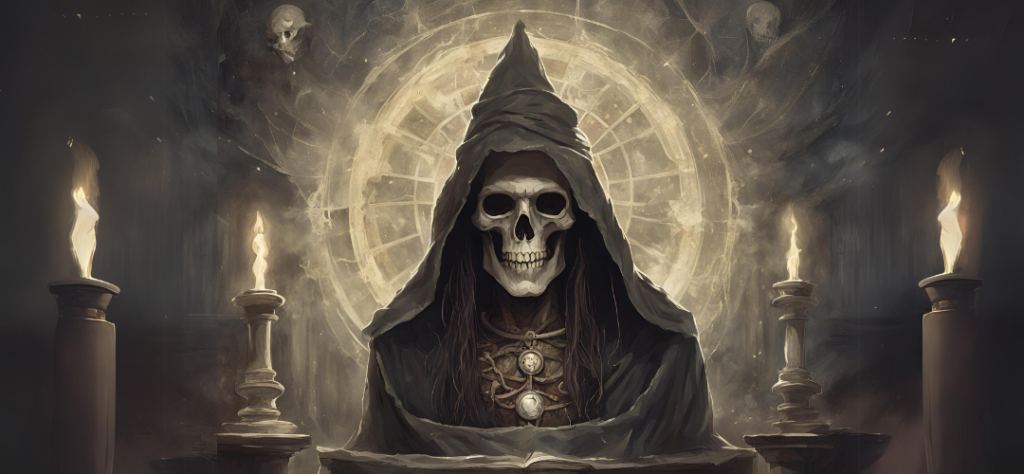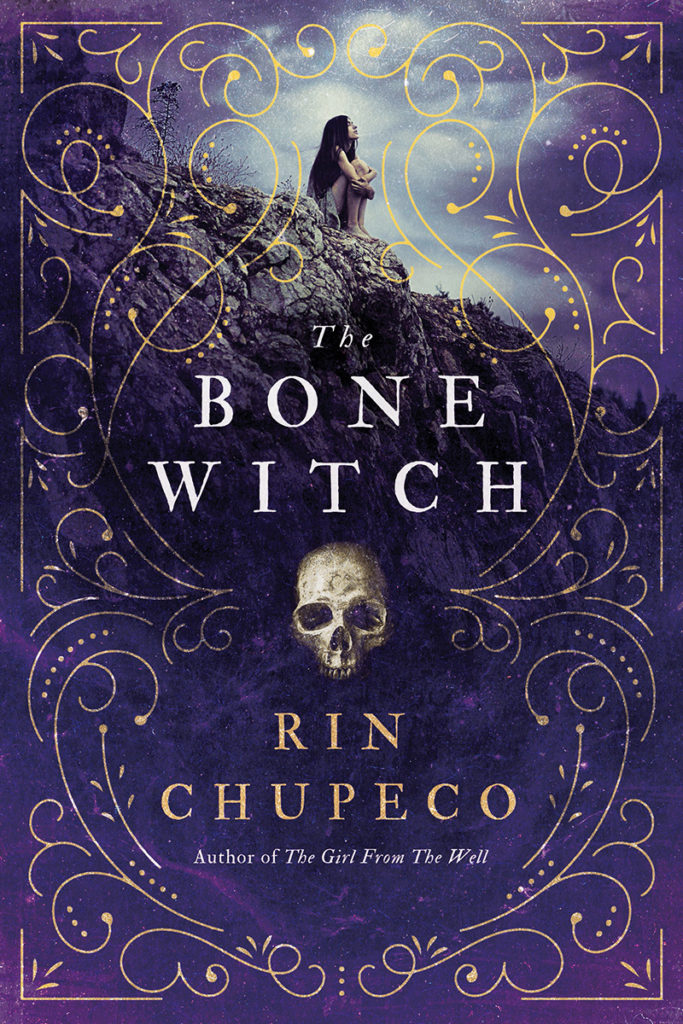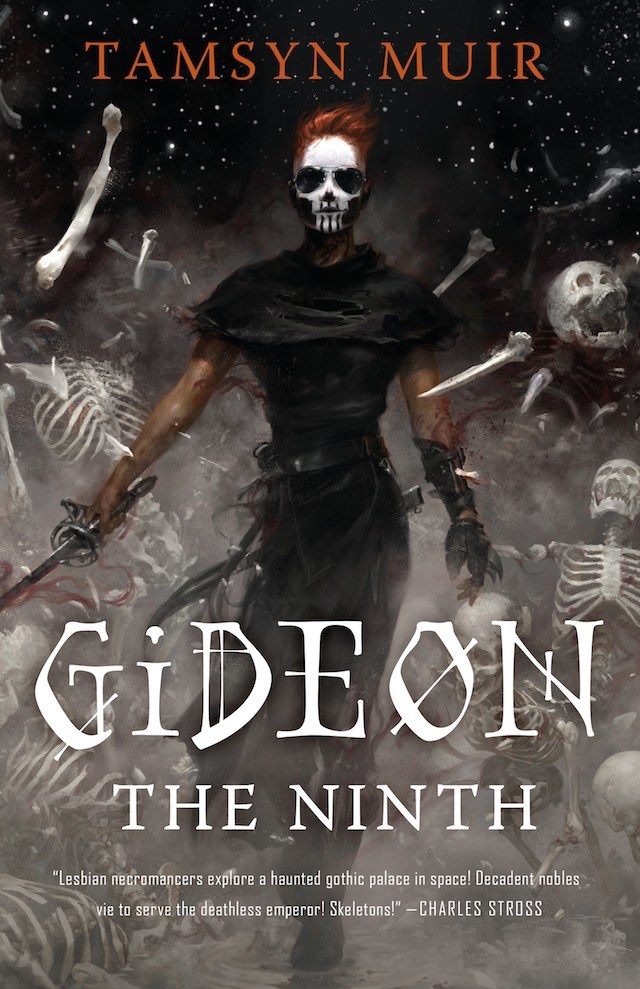
The Necromancer's Tome:
A Study of Necromancy Magic Systems
In this blog, we discuss the magical practice of Necromancy which is centered around the manipulation of death, the dead, and the energies associated with both. In fictional works, necromancy magic systems can vary widely, but they typically include several common elements and themes. This magic system can fall under the categories of soft magic, rule-based (hard magic), and even symbology depending on how it is used and defined within a particular fictional work.
Soft magic gives Necromancy an air of mystery where the working mechanisms are often left unexplained, and the focus is on the effect rather than the process. The unpredictability of this magic performs rituals or incantations with outcomes that are not entirely predictable. The magic lends to the atmosphere of the novel creating an eerie, foreboding atmosphere, enhancing the story’s tone and themes. A great example of soft magic necromancy is the White Walkers in A Song of Ice and Fire by George R.R. Martin. These creatures have the ability to raise the dead to create an army of wights. The magic is not explained and that leads to ambiguity (a mystery) and terror and uncertainty as characters do not know how to effectively combat the White Walkers’ magic, heightening the stakes. All of this gives the novel a dark atmospheric impact contributing to the apocalyptic atmosphere of the story, emphasizing themes of death and the unknown.
In the Hard Magic system, Rule-based, necromancy has defined rules and limitations where specific steps, materials, and conditions are required for necromantic rituals. The outcomes are consistent, and characters use their understanding of these rules to solve the problems they face or to create strategic advantages. A great example of hard magic necromancy is The Fourth Quarter by Tanya Huff. This novel has necromancy as a well-defined and rule-based magic system that plays a crucial role in both the narrative and thematic structure of the novel. Tanya writes a unique take on necromancy within her fantasy world, blending traditional elements with distinctive twists. In her novel necromancy is one of the more forbidden and feared forms of magic, and all magic is directly tied to the seasons and elements. The process, limitations, and conditions of raising the dead are complex and involve specific rituals and incantations, the dead are not fully autonomous remaining bound to the necromancer’s will and the corpse’s condition affects the effectiveness of the resurrection. Fresher bodies yield more functional undead, while older corpses are less effective. There is a definite ethical dilemma in that a necromancer must manipulate a life force by drawing on the life force of the living or the residual energy of the dead to power their spells. Draining life force has significant moral and ethical implications, often leading to physical or psychological consequences for both the necromancer and their victim. Tanya explores the use of necromancy allowing the novel to examine themes of life, death, and what lies beyond, questioning the natural order and the ethical boundaries of magic. (Thanks for your gift, Ms. Huff).
Symbology in the necromancer rituals may involve ancient texts, ceremonial tools, and symbolic acts. Necromantic practices are deeply tied to the culture or mythology of the setting. The undead might symbolize unrest, forbidden knowledge, or the power over death. The use of necromancy in The Elder Scrolls series, where rituals and the cultural taboo against them play a significant role in the lore and story.
Read more about the different types of magic systems here.
Writers use necromancy magic systems to immerse readers by creating a rich, engaging, and often darkly fascinating world that explores deep themes and elicits strong emotional responses. The atmosphere of the novel often gives the reader a dark, eerie, or gothic atmosphere, setting the tone for the story. Such novels might be The Bone Witch by Rin Chupeco who uses a dark and gothic atmosphere with a haunting and eerie tone, enhanced by the presence of undead creatures and the constant tension between life and death. Author Garth Nix uses mythic elements and symbols, such as the bells of the Abhorsen and the river of death, to enhance the atmospheric depth and immersive quality of the story in Sabriel.
Necromancers are often portrayed as complex, morally ambiguous characters, providing a deep well of character development with an internal conflict of the ethical implications of their powers and backstory that often involves tragedy, loss, or a search for forbidden knowledge, making them compelling and multi-dimensional.
The moral dilemma is in the readers’ faces where the act of raising the dead challenges the natural order and prompts questions about the sanctity of life and respect for the dead. Not to mention the deep pull of power and corruption. Necromantic powers often come with a cost, such as corruption or loss of humanity, leading readers to consider the corrupting influence of power.
The engaging plot and suspense are often mysterious and have high stakes. The world-building can be insanely detailed with lore around necromancy, including ancient texts, legendary necromancers, and historical events influenced by necromantic magic. Authors often create believable and consistent magic systems, grounding the fantastical elements in a sense of reality. The vivid imagery of dark rituals, ghostly apparitions, and reanimated corpses captivates readers’ imaginations. Descriptions of sounds smells, and tactile sensations (like the cold touch of a ghost) make scenes more immersive.
Some additional novels that use this magic system or have elements of necromancer magic would be:
- The Black Prism by Brent Weeks (Lightbringer Series)
- Gideon the Ninth by Tamsyn Muir
- The Poppy War by R.F. Kuang
- Revenant Eve by Sherwood Smith
Please read and review my serial publishing novel, Sparrow’s Legacy, on Kindle Vella. You can read the first three chapters free on Amazon by searching for “Sparrows Legacy Kindle Vella” or clicking here. Or you can find my debut SFF novel, the space opera Drayton’s Discoveries. For the love of all fantasy and SFF, please leave a review. Feedback is my sole sustenance for writing. Don’t let me starve. If you liked this blog, please be sure to sign up for future blogs on my site.
For those trying the writing game, I want to give a quick shout-out to PLOTTR software. I’ve found it has really improved my writing game and increased my efficiency tremendously. It is my new favorite writing aid. Use any of my affiliate links below and I might get a small commission. Thanks.
Check out my YouTube channel for PLOTTR videos @jlnichauthorsff
Joseph Michael’s Learn Scrivener Fast e-course
Please subscribe to my website if you want to be notified when I’ll be publishing or to get free samples of my work.
JL Nich, Science Fiction Fantasy Author


